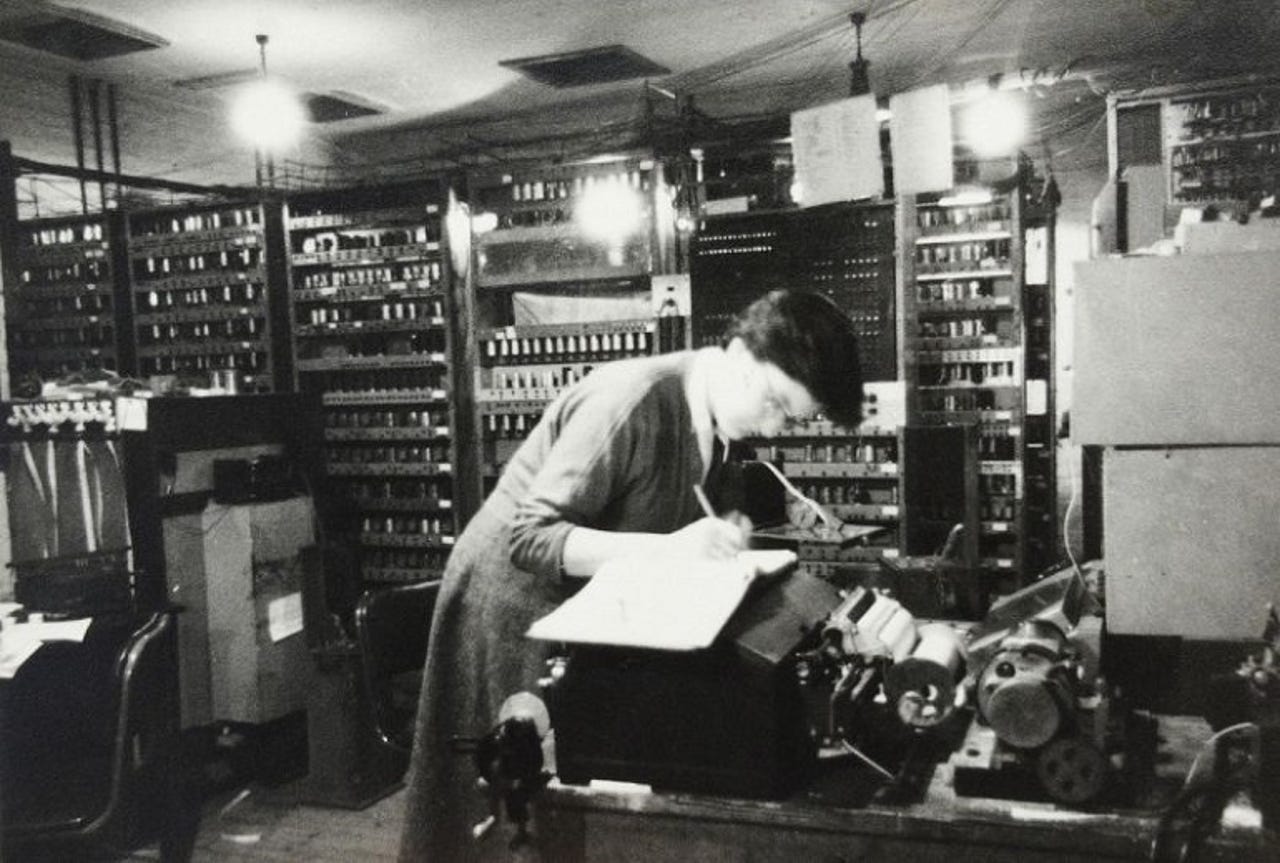Rebuilding the EDSAC: The project to reconstruct an iconic landmark of computing history


The original EDSAC
The Electronic Delay Storage Automatic Computer (EDSAC) was an early British computer constructed by computer science pioneer Sir Maurice Wilkes and his team at the University of Cambridge Mathematical Laboratory. One of the first computers to help solve general problems, it ran its first programme on 6 May 1949 and helped transform research methods.
A meeting of minds
A special event at the National Museum of Computing in Bletchley Park brought together those working on rebuilding the EDSAC and some of those who worked with the original machine in the 1950s, in order to help volunteers gain an insight into how the machine worked on a day to day basis.
Original EDSAC operators
EDSAC operators Liz Howe. Joyce Wheeler, and Margaret Marrs all worked with original versions of the machine and their memories of operating the machine are helping restoration efforts by providing insight from everything from how it worked to the sounds it made.
EDSAC VDU units
As data was processed by the EDSAC, it was displayed on the video display units so the engineers and programmers could verify the information was correct. It was an important tool to see what was going on in the EDSAC and ensure that the right program was running.
A computer the size of a room
The rebuilt EDSAC is over two metres tall, weighs two tonnes, and takes up a floor area of 9m square. The National Museum of Computing wants to let visitors walk around the working replica to provide them with the experience of walking inside a computer and seeing how all the parts interact as it operates.
A transformational machine
The original EDSAC performed 650 instructions per second, effectively computing more than 1500 times faster than the mechanical calculators it replaced. It greatly aided scientific research, contributing to at least three Nobel Prizes in its nine-year lifetime.
Thermionic valves
The EDSAC predated the transistor and other technology used in subsequent computers, instead harnessing over 3,000 thermionic valves and vacuum tubes with logic gates arranged over 12 racks.
A difficult task
In the instances where the original parts are no longer available or can't be specially recreated, the project aims to replicate the functions with technology as reminiscent of the original design as possible, so it can be as close to the original as possible.
A ticker tape-based operation
The EDSAC read its programs from paper tape and printed its results on a teleprinter. It could only perform a single program at a time and required monitoring by the operators, who'd sometimes need to stay with the machine overnight.
History relived
Use of the original EDSAC ended in July 1958, when it was dismantled to enable the re-use of precious space within the University of Cambridge. But volunteers at the National Museum of Computing hope to see the EDSAC operating once again by the autumn of 2017, 68 years after it was first booted up.